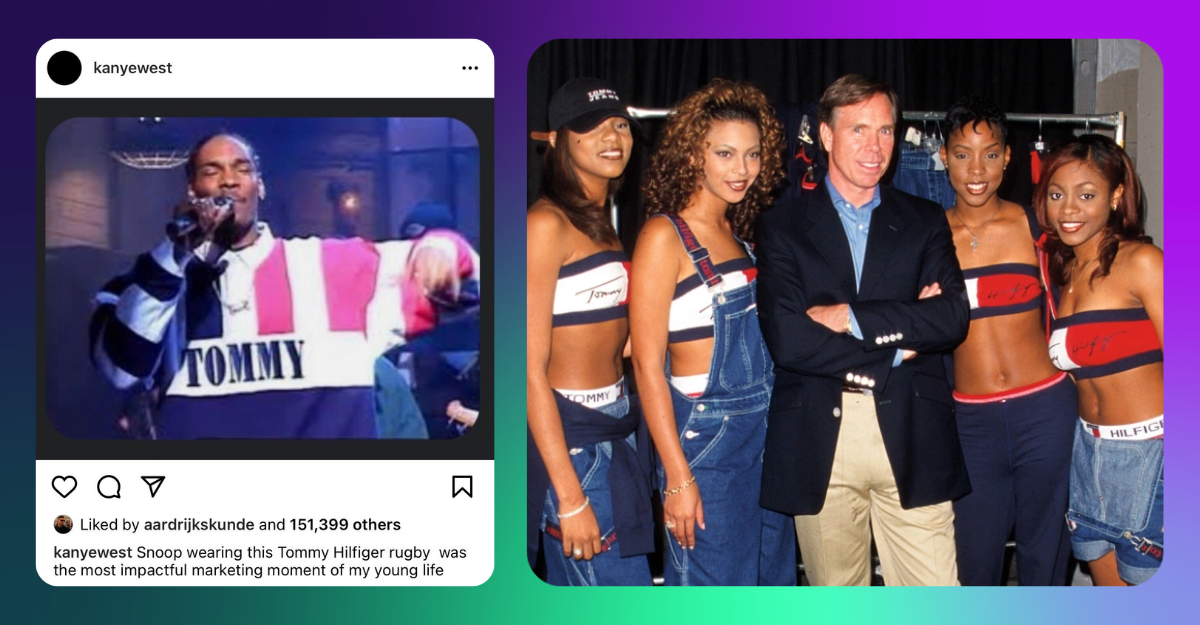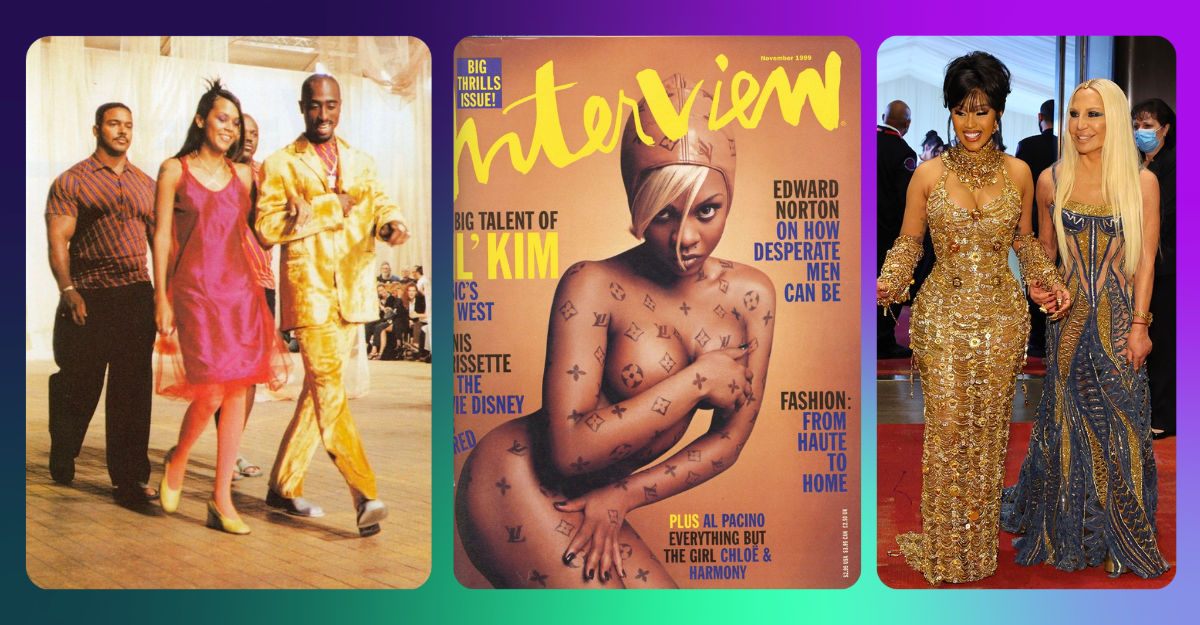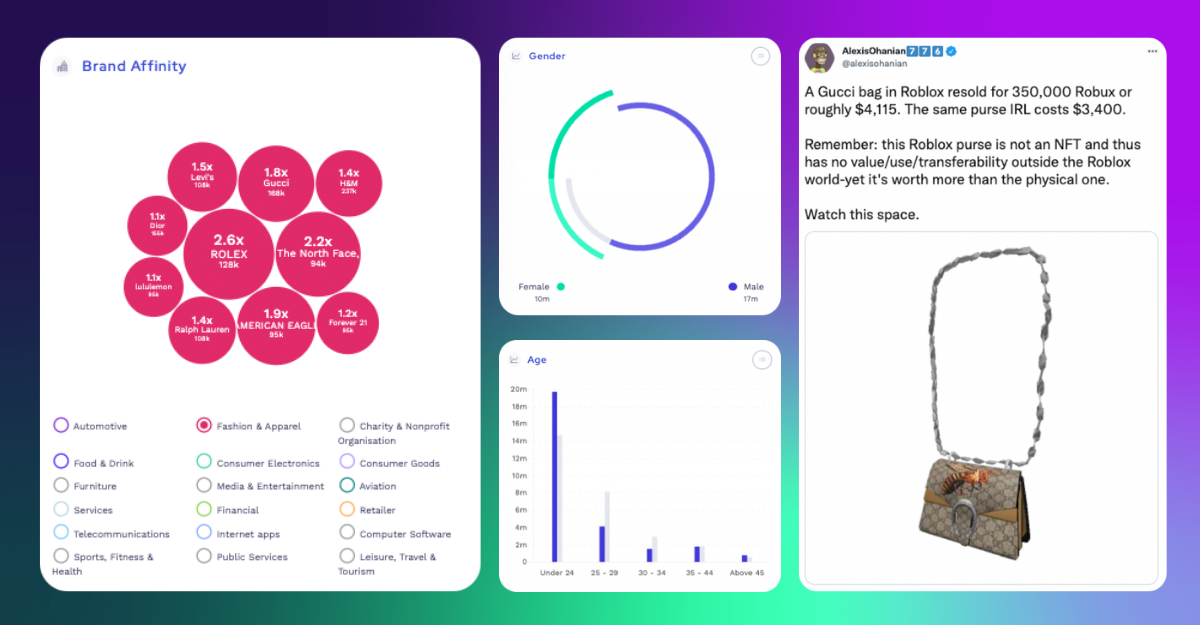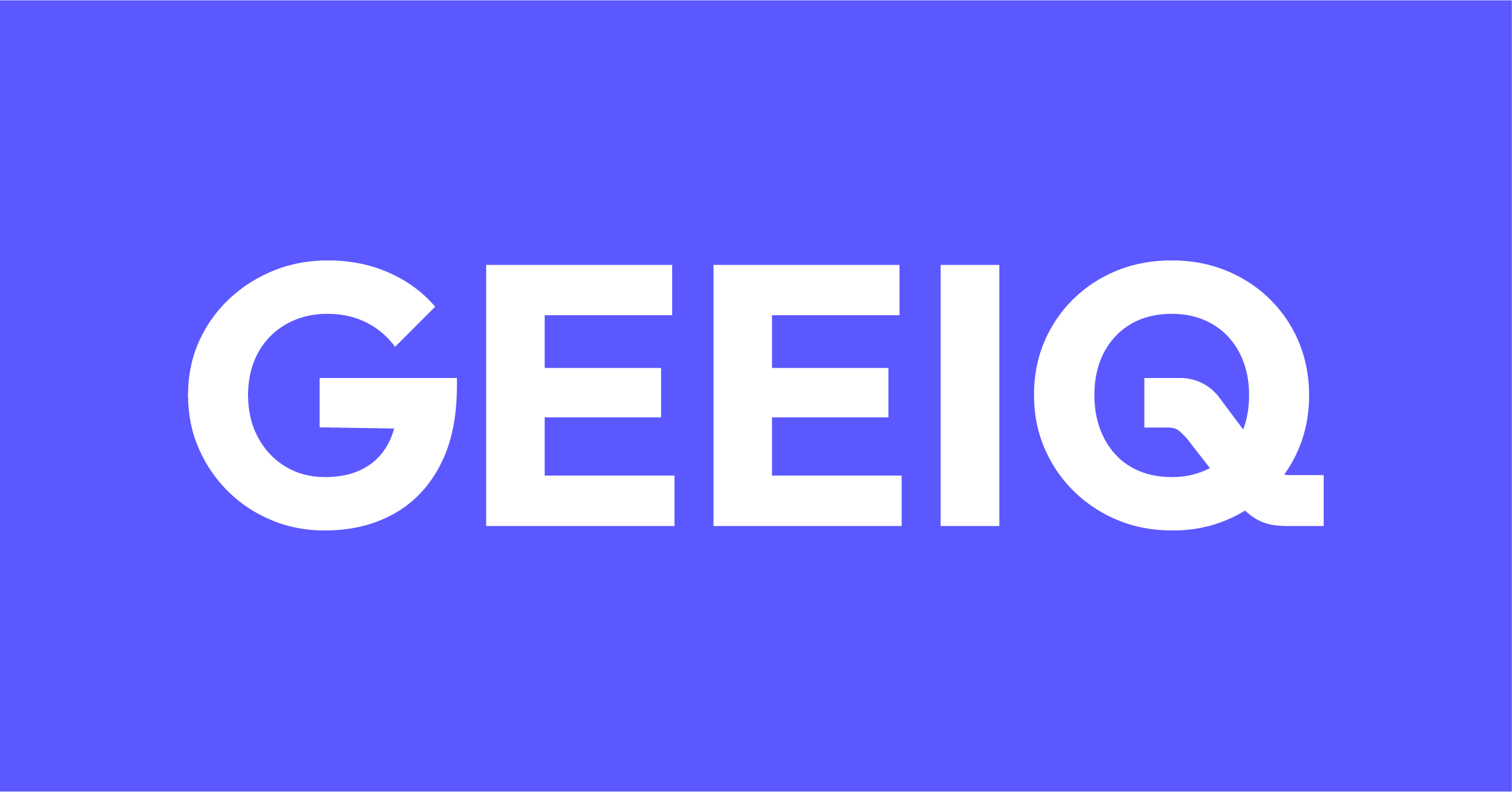
Premium fashion & HipHop: A blueprint for the metaverse?
In 1985, when a billboard for the clothing brand Tommy Hilfiger suddenly occupied prime advertising real estate in New York’s Times Square, the world of fashion sat up.
Here was a relatively unknown clothing designer challenging the hegemony of America’s three largest menswear brands - Ralph Lauren, Perry Ellis and Calvin Klein - in a disruptive way, for all the world to see.

It was pretty clear then that this All-American brand wasn’t going to be afraid of challenging the established order, and this has remained a central theme of Tommy Hilfiger’s ascendancy in the thirty years following.
By the mid 1990s, the biggest stars in RnB and Hip Hop were sporting Hilfiger wears, from Destiny’s Child and Aaliyah, to Snoop Dogg and Usher. They were even writing about it (see Grand Puba in Mary J Blige’s, ‘What’s the 411?’).

During the 1990s, HipHop and RnB was an aspirational medium, and what better way to demonstrate this than through clothing? The bold nature of 90s fashion merged seamlessly with the iconic characters of HipHop and RnB at the time, assisting its transition from a niche genre of American music, to a staple of mainstream Western culture. The embrace of the wider fashion world was sure to follow.
Wu Tang Clan burst onto the scene in 1992 dripping in Ralph Lauren’s Polo Sport, Tupac walked the 1994 Versace Menswear show having been dubbed ‘the most beautiful man in the world’ by Gianni Versace, and by 1999, HipHop’s ‘Queen Bee’, Lil’ Kim, was featured on the cover of November’s Interview magazine naked, painted head to toe in Louis Vuitton insignia.
Today, fashion’s links with HipHop and RnB are stronger than ever - Cardi B arriving at the 2022 Met Gala arm-in-arm with Donatella Versace, anyone? As one of the most innovative industries in the world, and one that has history of preempting major cultural shifts and maintaining cultural relevance, fashion’s embrace of all things metaverse is no surprise.

Far from Mark Zuckerberg’s vision of what the metaverse might be, premium fashion is setting the tone for what it means right now, today. While the metaverse remains in its infancy, this industry of innovation is embracing its potential by creating experiences in places that we may not have expected to see it previously.
And what better way to engage Gen Z consumers than in virtual environments? After all, they're not reading Rolling Stone or watching MTV like the millennials that came before them. When Gucci launched Gucci Garden in Roblox and saw 19 million visitors to its experience, the value was clear. In a virtual world where over half of its users are under the age of 24 and male, premium fashion could still make a huge splash in these spaces.
In a brand context, fashion sees the metaverse for what it is: A valuable new marketing vertical. But from a consumer perspective, it gives people who would never normally engage with these brands an opportunity to "express themselves in a virtual world, with a virtual product, through a virtual persona", according to Gucci Chief Marketing Officer, Robert Triefus.

Aside from what the metaverse could mean for fashion in the future - AI generated clothing, a smaller carbon footprint for a notoriously environmentally unfriendly industry, or the popularity of fashion NFTs matching that of real-life products - its impact today is clear.
Across 2022, according to Financial Review, major brands like Adidas and Nike have generated near to $140 million in NFT sales alone. Dolce & Gabbana sold a digital Glass Suit for $1 million in 2021, and Gucci's virtual Queen Bee Dionysus sold for $4,000 in Roblox, more than its real-life counterpart.
With the more democratised and decentralised nature of Web3, it's no surprise that premium fashion is more accessible in the metaverse. In the 1990s, it was the links established between fashion and Hip Hop & RnB that ensured both industries led the cultural debate in a period of great cultural change.
Fast forward three decades and premium fashion is now actively bringing the concept of the 'metaverse' to the forefront of the public consciousness. From the launch of Tommy Play in Roblox, to the live streaming of its Fall '22 New York Fashion Week show just this week, Tommy Hilfiger's brand activities are a far cry from its billboard in 1980s New York, or Snoop Dogg's appearance on Saturday Night Live.
But one thing remains, premium fashion continues to keep its finger on the pulse - its dynamism and agility enables it to maintain cultural relevance. It could see the potential of HipHop and RnB in the 1990s and embraced it with open arms. Today, it understands better than any other vertical that the metaverse holds greater potential value for brands than most other verticals are yet to grasp.
Sign up to see more GEEIQ Insights, today.


